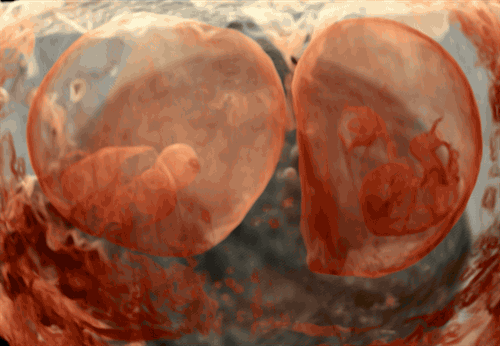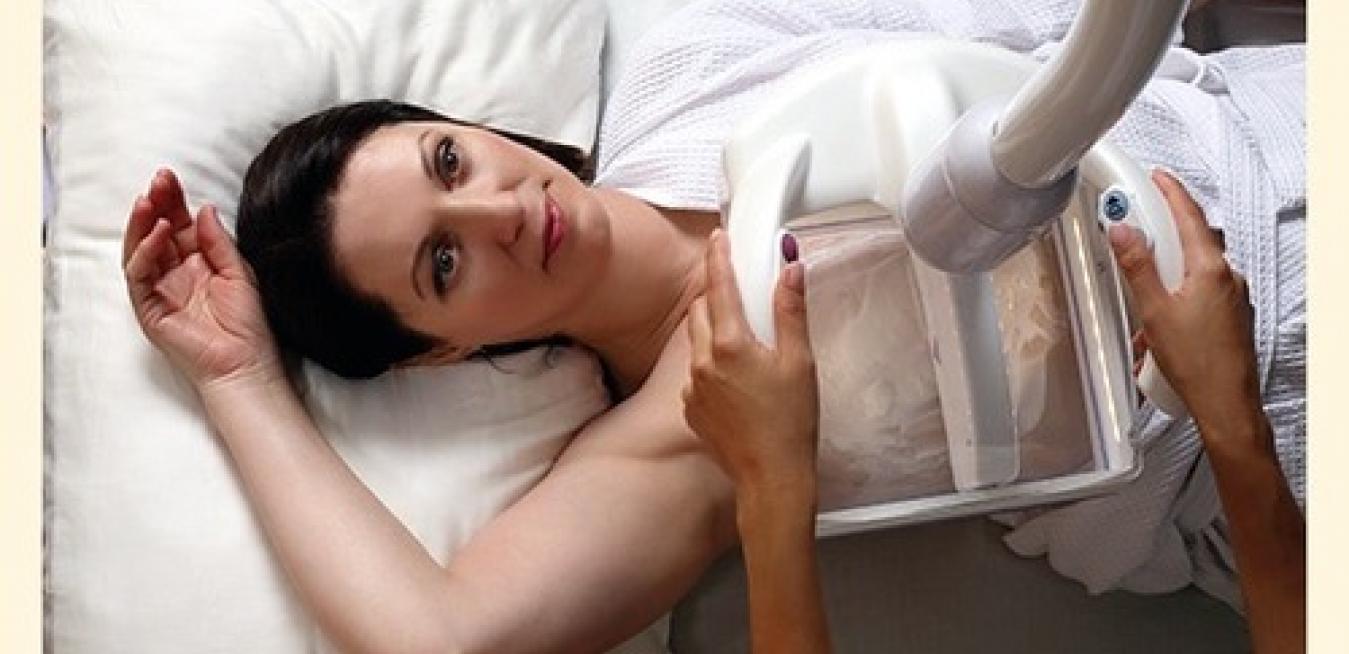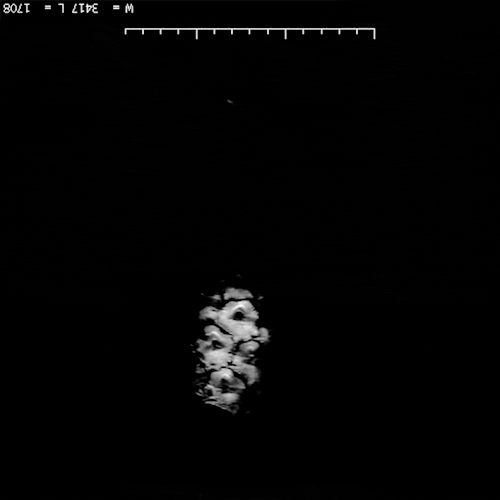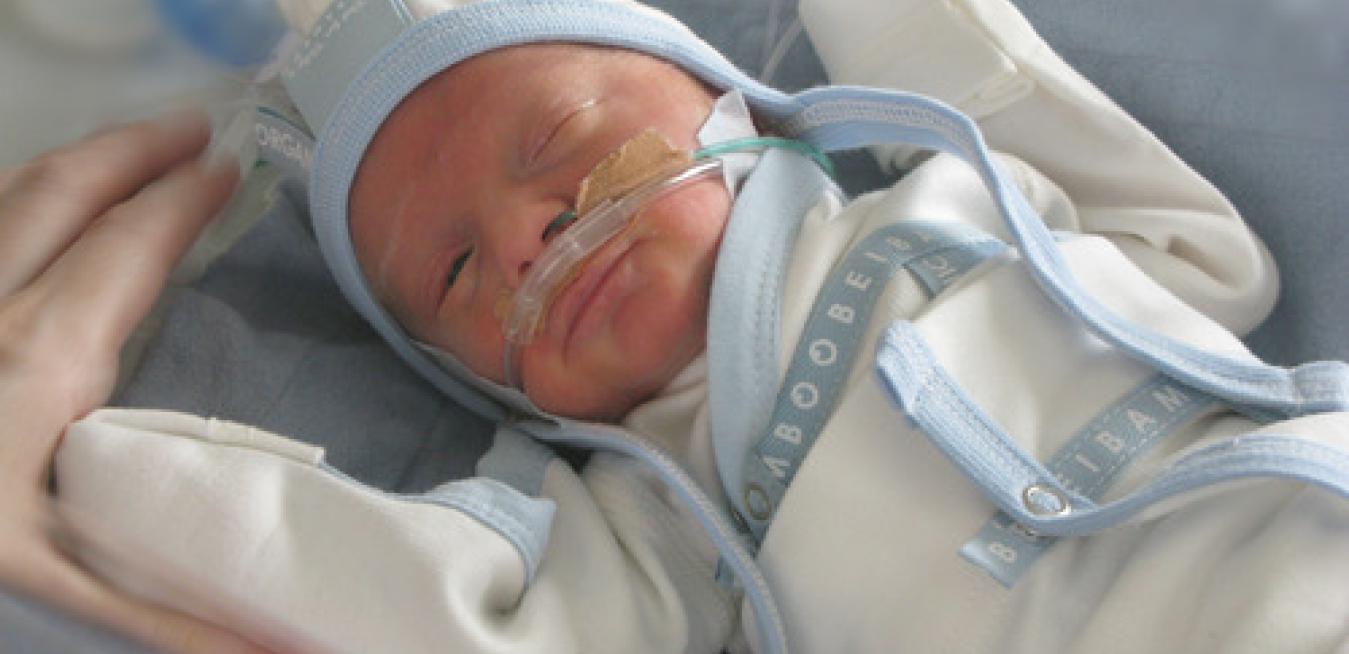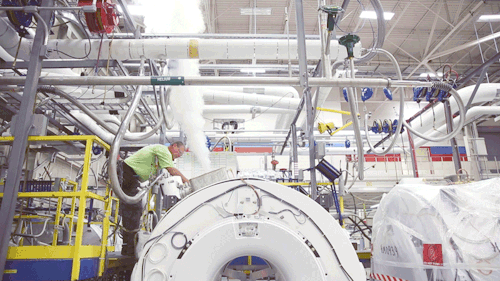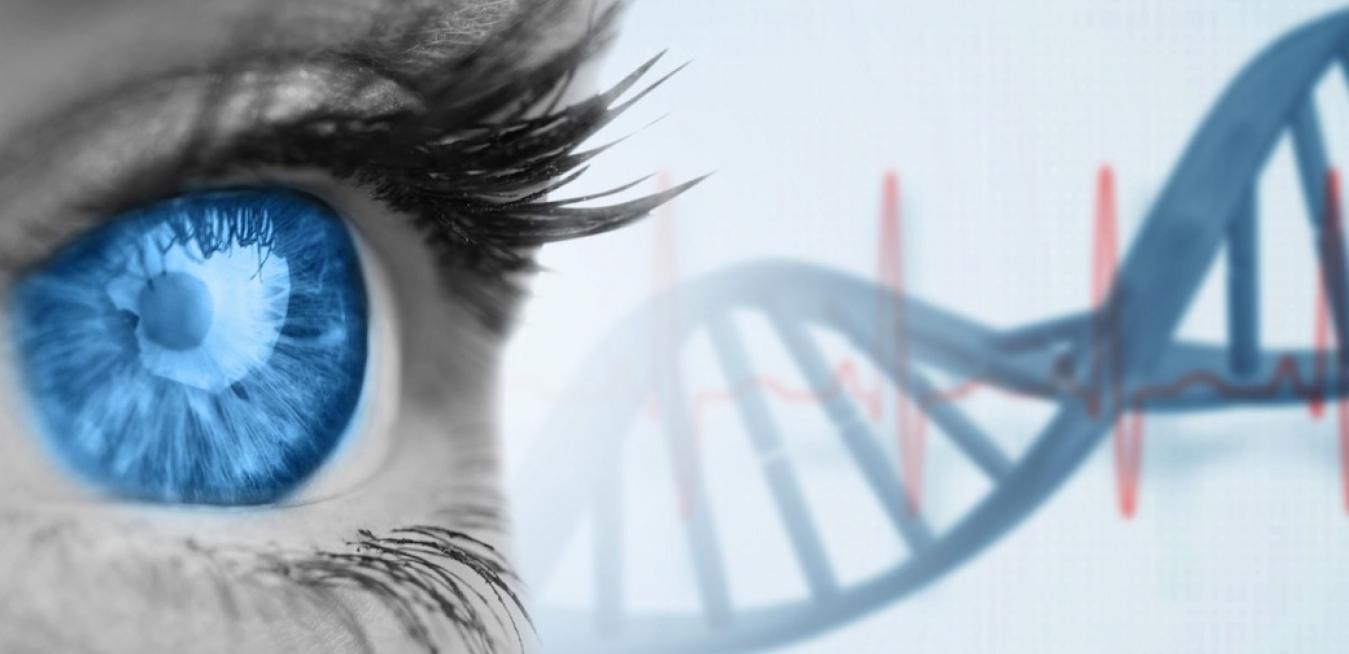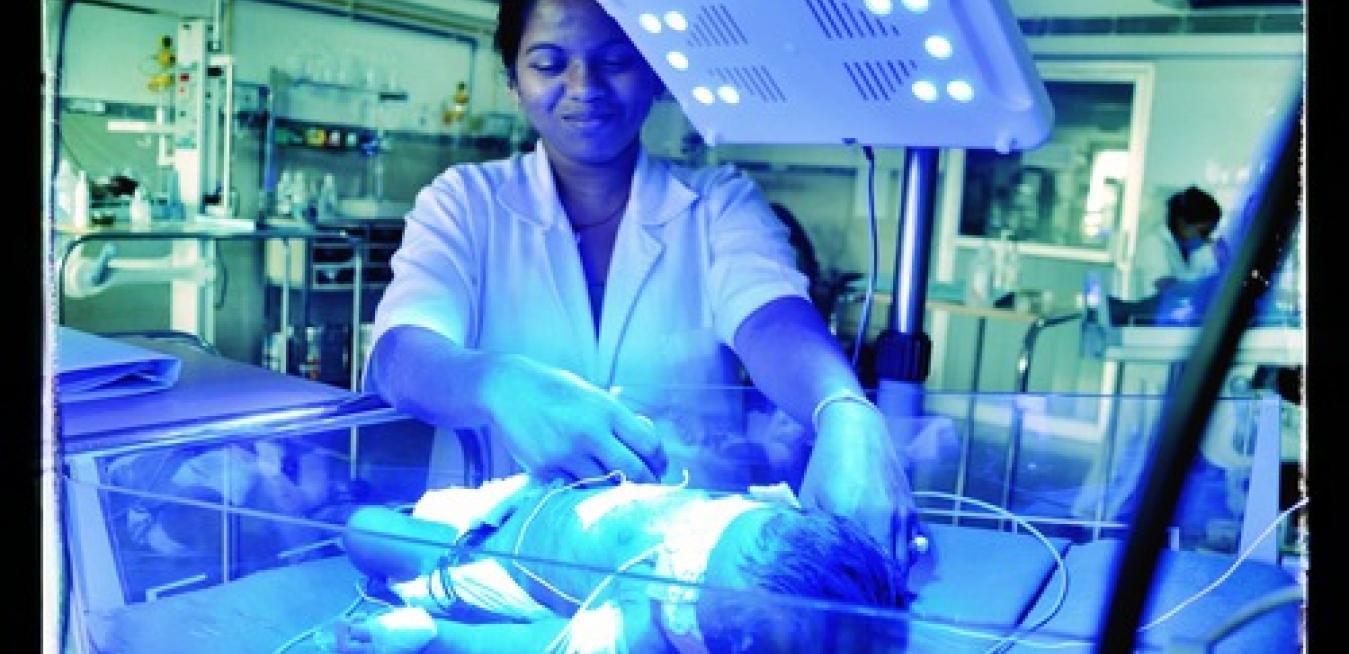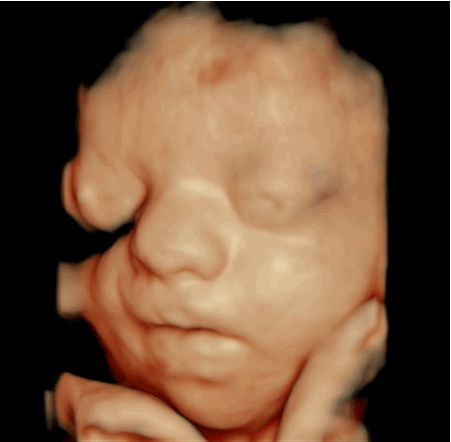Mid-morning on October 13, 2011, Hollye Jacobs was getting dressed after her breast exam in Santa Barbara, Calif., when the radiologist sent a word that he wanted to see her. “When I walked into his office, I saw images of my breasts on four large computer monitors,” says Jacobs, who works as pediatric and adult palliative care nurse. “I saw what looked like a lot of snowballs.”
The snowballs were hiding tumors.
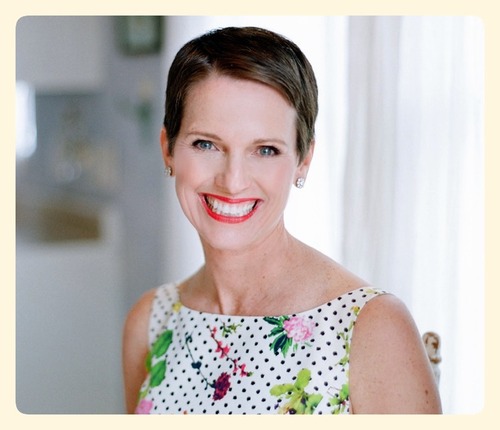
How does a jet engine work? C'mon, quick. You get the point. We stroll casually onto planes and know little about how the engine operates. The same applies for medical scans. We lay down, close our eyes, but don’t know what goes on behind the machine’s walls.
Those who build them would argue that we are robbing ourselves. All that engineering complexity can be intimidating, but it often revolves around a handful of simple principles.
Of the many torments endured by the parents of premature babies, the inability to care for their newborns is perhaps the most acute. After birth, nurses cover “preemies,” as they are known, with tubes and wires that deliver fluids and medicine as well monitor vitals. They make dressing, nursing and caressing virtually impossible for unskilled hands.
While you can argue the actual number of wrinkles on her body, it’s more interesting to consider how Calment lived so far beyond average life expectancy when the vast majority of human lives are cut short by disease.
Categories
When Dr. Rajesh Kumar meets his patients for the fist time, they can often fit into the palms of his hands.
Working in the late 1700s, Spallanzani showed that blindfolded bats could still catch flies and find their way around. But they failed miserably when he sealed up their ears. His discovery of the bat’s “sixth sense,” called echolocation, launched the science of ultrasound.
